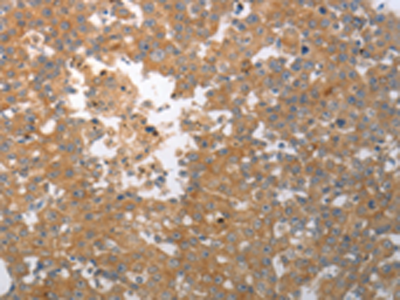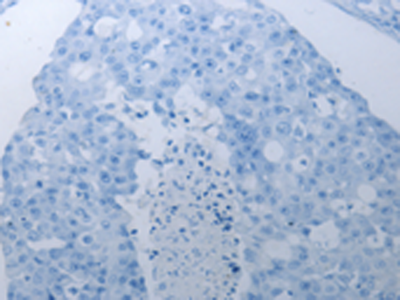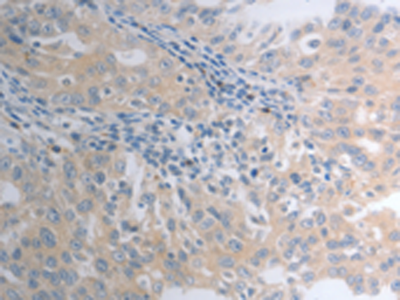| Cat.#: S219986 |
| Product Name: Anti-SHH Rabbit Polyclonal Antibody |
| Synonyms: TPT, HHG1, HLP3, HPE3, SMMCI, TPTPS, MCOPCB5 |
| UNIPROT ID: Q15465 (Gene Accession – NP_000184 ) |
| Background: This gene encodes a protein that is instrumental in patterning the early embryo. It has been implicated as the key inductive signal in patterning of the ventral neural tube, the anterior-posterior limb axis, and the ventral somites. Of three human proteins showing sequence and functional similarity to the sonic hedgehog protein of Drosophila, this protein is the most similar. The protein is made as a precursor that is autocatalytically cleaved; the N-terminal portion is soluble and contains the signalling activity while the C-terminal portion is involved in precursor processing. More importantly, the C-terminal product covalently attaches a cholesterol moiety to the N-terminal product, restricting the N-terminal product to the cell surface and preventing it from freely diffusing throughout the developing embryo. Defects in this protein or in its signalling pathway are a cause of holoprosencephaly (HPE), a disorder in which the developing forebrain fails to correctly separate into right and left hemispheres. HPE is manifested by facial deformities. It is also thought that mutations in this gene or in its signalling pathway may be responsible for VACTERL syndrome, which is characterized by vertebral defects, anal atresia, tracheoesophageal fistula with esophageal atresia, radial and renal dysplasia, cardiac anomalies, and limb abnormalities. Additionally, mutations in a long range enhancer located approximately 1 megabase upstream of this gene disrupt limb patterning and can result in preaxial polydactyly. |
| Immunogen: Synthetic peptide of human SHH |
| Applications: ELISA, IHC |
| Recommended Dilutions: IHC: 50-100; ELISA: 2000-10000 |
| Host Species: Rabbit |
| Clonality: Rabbit Polyclonal |
| Isotype: Immunogen-specific rabbit IgG |
| Purification: Antigen affinity purification |
| Species Reactivity: Human, Mouse, Rat |
| Constituents: PBS (without Mg2+ and Ca2+), pH 7.4, 150 mM NaCl, 0.05% Sodium Azide and 40% glycerol |
| Research Areas: Epigenetics and Nuclear Signaling, Cancer, Cardiovascular, Metabolism, Signal Transduction, Stem Cells, Developmental Biology |
| Storage & Shipping: Store at -20°C. Avoid repeated freezing and thawing |

Immunohistochemistry analysis of paraffin embedded Human breast cancer tissue using 219986(SHH Antibody) at a dilution of 1/40(Cytoplasm, ExtraCellular space). | 
In comparision with the IHC on the left, the same paraffin-embedded Human breast cancer tissue is first treated with the synthetic peptide and then with 219986(Anti-SHH Antibody) at dilution 1/40. | 
The image on the left is immunohistochemistry of paraffin-embedded Human ovarian cancer tissue using 219986(Anti-SHH Antibody) at a dilution of 1/40. | 
In comparision with the IHC on the left, the same paraffin-embedded Human ovarian cancer tissue is first treated with synthetic peptide and then with D260733(Anti-SHH Antibody) at dilution 1/40. |
|














